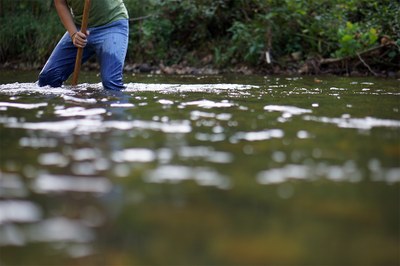From the Forest to the Faucet: An Overview
USDA Forest Service
This summary is taken from material available at the US Forest Service website referenced below.
Forests to Faucets Assessment
Many people don’t recognize the degree to which the quality of surface drinking water depends on forests. While several studies have highlighted the importance of forests to surface drinking water on a local level, to date, there has not been a national-scale, spatial assessment identifying important forested areas for surface drinking water.
The US Forest Service Forests to Faucets project fills this data gap and uses GIS to model and map the continental US land areas most important to surface drinking water, the role forests play in protecting these areas, and the extent to which these forests are threatened by development, insects and disease, and wildland fire.
 Data Products
Data Products
Maps and tabular dataset showing:
- the relative importance of each sub-watershed for surface drinking water
- where forest lands are most important in protecting surface drinking water
- where forested areas important for surface drinking water are also highly threatened by development, insects and disease, and wildland fire.
All available at: http://www.fs.fed.us/ecosystemservices/FS_Efforts/forests2faucets.shtml
Applications
The results of this assessment provide information that can identify areas of interest for protecting surface drinking water quality. The spatial dataset can be incorporated into broad-scale planning, such as the State Forest Action Plans, and can help identify areas for further local analysis. In addition it can be incorporated into existing decision support tools that currently lack spatial data on important areas for surface drinking water.
This project also sets the groundwork for identifying watersheds where a payment for watershed services (PWS) project may be an option for financing conservation and management on forest lands. On a macro scale, the Forests to Faucets data identifies areas that supply surface drinking water, have consumer demand for this water, and are facing significant development threats—all important criteria for successful PWS initiatives.
In perhaps its most important role, this work can serve as an education tool to illustrate the link between forests and the provision of surface drinking water – a key watershed-based ecosystem service.
Contacts
Emily Weidner, Ecosystem Services & Markets, Cooperative Forestry, S&PF. eweidner@fs.fed.us
Steve Marshall, Assistant Director, Cooperative Forestry, S&PF. smarshall@fs.fed.us

























